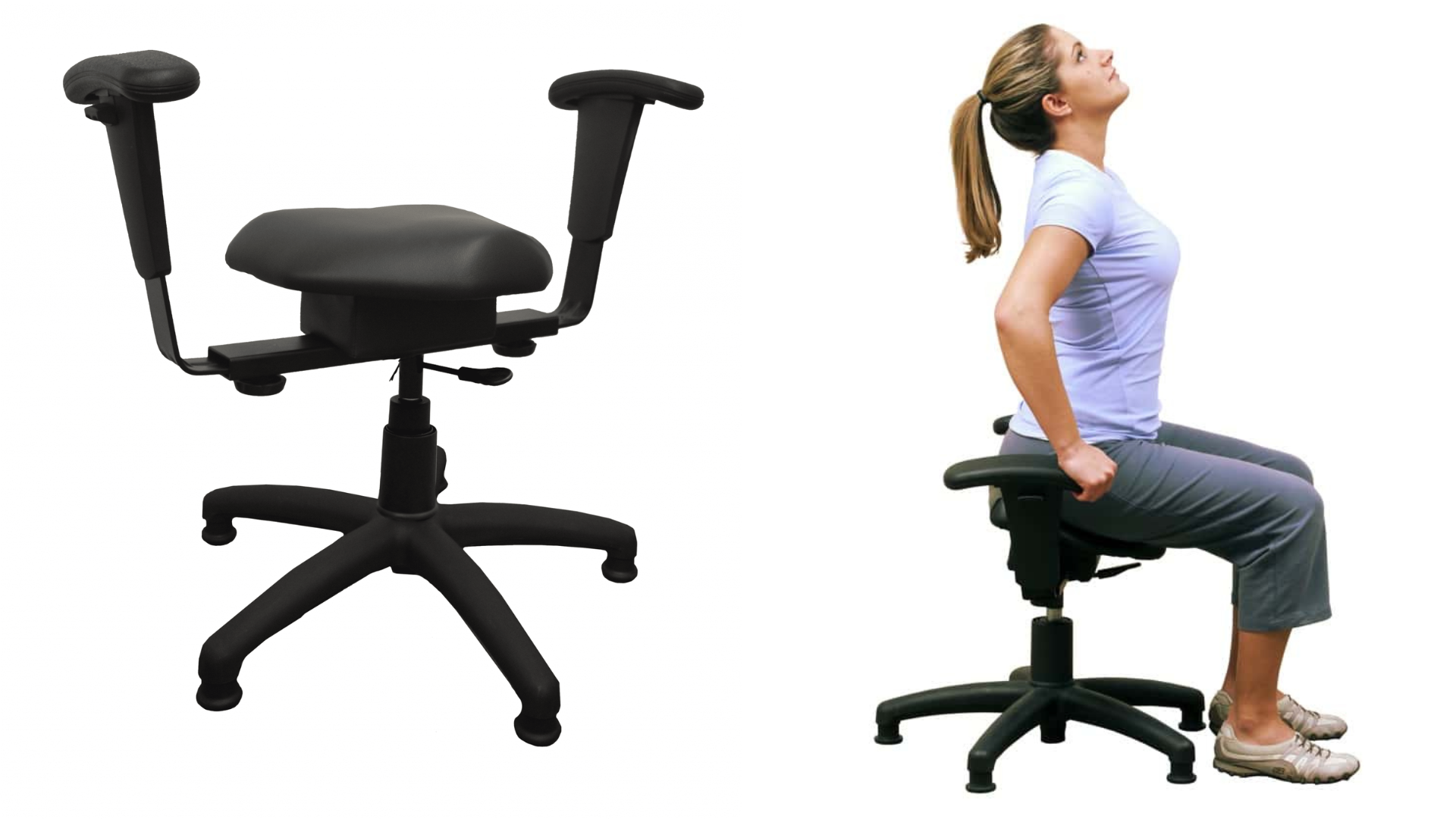Additional Factors and Recommendations: Best Office Chair For Pregnancy

Choosing the perfect pregnancy office chair involves more than just lumbar support – although that’s definitely a biggie! You’re also navigating a minefield of budget constraints, style preferences, and the sheer practicality of assembly and adjustment. Finding the right balance requires a bit of savvy shopping and a dash of common sense. Let’s dive into the details.
Best office chair for pregnancy – Beyond the crucial ergonomic features, factors like your budget, the overall aesthetic of your workspace, and the ease of assembling and adjusting the chair significantly impact your choice. A ridiculously expensive chair might be fantastic, but completely impractical if it clashes horribly with your office décor or arrives in a flat-pack that requires a PhD in engineering to assemble. Similarly, a stylish chair that’s uncomfortable or difficult to adjust won’t do you much good. The sweet spot is finding a chair that ticks all the boxes without breaking the bank or your back.
Budget Considerations and Style Choices
Setting a realistic budget is crucial. Prices for office chairs can range wildly, from a few hundred dollars to well over a thousand. Consider what features are non-negotiable (like excellent lumbar support) and which you can compromise on (maybe you can live without the built-in footrest). Regarding style, think about your existing office décor. Do you want a sleek, modern chair or something more traditional? Matching your chair to your workspace’s overall aesthetic can make a surprisingly big difference in your overall comfort and happiness.
Step-by-Step Assembly and Adjustment Guide, Best office chair for pregnancy
Assembling and adjusting your new chair correctly is key to maximizing its comfort and support during pregnancy. Follow these steps carefully, and remember, if you’re struggling, don’t hesitate to ask for help!
- Unpack Carefully: Lay out all the parts and check against the instruction manual. Missing parts? Contact the manufacturer immediately!
- Base Assembly: Attach the base (usually a five-star base) to the hydraulic lift cylinder according to the instructions. This is often the easiest part.
- Seat Attachment: Carefully attach the seat to the lift cylinder. Make sure it clicks securely into place.
- Backrest Attachment: Attach the backrest to the seat. This might involve some screws or levers. Take your time and ensure everything is aligned properly.
- Height Adjustment: Adjust the chair height so your feet are flat on the floor and your thighs are parallel to the ground. Your knees should be at a 90-degree angle.
- Lumbar Support Adjustment: This is critical! Adjust the lumbar support to provide adequate support for your lower back. It should gently cradle the curve of your spine.
- Armrest Adjustment (if applicable): Adjust the armrests to a comfortable height and position. They shouldn’t push your shoulders up or restrict your movement.
- Recline Adjustment (if applicable): Experiment with the recline function to find a comfortable angle. A slight recline can alleviate pressure on your back.
